MVFF
MILL VALLEY FILM FESTIVAL

Some moments are worth remembering






Some moments are worth remembering




All the films featured at this year’s Mill Valley Film Festival are the results of thousands of artists working together to bring a story and vision to life.
Wells Fargo is proud to return as the Opening Night sponsor of the 39th Annual Mill Valley Film Festival because the achievements of these artists reflect our working together spirit and commitment to help our communities thrive.
Enjoy the show.















It’s our third year of partnering with the California Film Institute and the Mill Valley Film Festival for our MVFF guide, and we are more inspired than ever to share the cinematic marvels here in Marin and beyond. In this edition we welcome new writers Bernard Boo and David Templeton, who share their insights on film terminology, stage-to-screen adaptations, debuting at the festival and more. We also catch up with the festival’s own Mark Fishkin and Zoë Elton. Veteran contributor Peter Crooks takes a look at the impact legendary director Alfred Hitchcock had here in the Bay Area and has fun exploring Marin’s historic theaters. We hope you enjoy this year’s guide as the festival celebrates its 39th year and you celebrate all things film.
— marin magazine staff editors

PUBLISHER / EDITORIAL DIRECTOR
Nikki Wood
Editorial
EXECUTIVE EDITOR
Mimi Towle
MANAGING EDITOR
Daniel Jewett
ASSOCIATE EDITOR
Kasia Pawlowska
COPY EDITOR
Cynthia Rubin
CONTRIBUTING WRITERS
Betina Baumgarten, Bernard Boo, Peter Crooks, David Templeton, Calin Van Paris
CONTRIBUTING PHOTOGRAPHERS
Tim Porter, Jack Wolford
Art
DESIGNER
Kate Godfrey
PRODUCTION MANAGER
Alex French
Advertising
ASSOCIATE PUBLISHER

Debra Hershon
ADVERTISING DIRECTOR

Michele Geoffrion Johnson
SENIOR ACCOUNT MANAGERS
Leah Bronson
Lesley Cesare
ACCOUNT MANAGER
Dana Horner
ADVERTISING ART DIRECTOR
Alex French Administration/Web
OFFICE MANAGER
Kirstie Martinelli




Blye Pagon Faust, Local Hitchcock, The Way We Watched
In addition to being the senior writer/editor for Diablo magazine, Peter Crooks has written stories for the Arizona Daily Sun, Via, Athletics and theowlmag.com and appeared as an expert tipster on the television programs Bay Area Backroads and Eye on the Bay. A die-hard film buff, he writes a movie blog (Pete’s Popcorn Picks) that can be found at diablomag.com and has contributed weekly reviews to radio programs on KFRC, KNBR and 107.7 The Bone. Crooks spent most of the ’90s as a scubadiving, movie-watching, library-frequenting vagabond, living in Micronesia, Australia and Grand Canyon National Park. His book The Setup: A True Story of Dirty Cops, Soccer Moms, and Reality TV was published last year. You can follow him on Twitter @popcornpicks
Still

Bernard Boo is a film enthusiast, critic, interviewer, podcaster and proud member of the San Francisco Film Critics Circle. He writes stories weekly for denofgeek.com, wegotthiscovered.com, popmatters. com and other online publications. He has hosted more than 65 episodes of the Way Too Indiecast, a podcast on which he speaks to artists from the Hollywood, independent, foreign, documentary and virtual reality corners of the cinemasphere. Boo lives in Walnut Creek with his wife. You can follow him on Twitter @bj_boo

Theater to Screen, Breaking the Code, Some Sexual Content

David Templeton is a journalist, critic and columnist best known for his Talking Pictures column in the Pacific Sun. Author of the North Bay Stage and Screen website, David also contributes to Acoustic Guitar, Strings, North Bay Bohemian, Sonoma Index-Tribune and others. As a playwright, he’s won awards for his solo show Wretch Like Me and has seen his comedy Pinky and the one-person Christmas drama Polar Bears: A Story of Fatherhood, Funerals and Santa Claus produced onstage. His novella Mary Shelley’s Body was recently published in the new anthology Eternal Frankenstein, and his new play Drumming With Anubis will be showcased this month at the San Francisco Olympians Festival.




 Zoë Elton Director of Programming
Zoë Elton Director of Programming
Zoë Elton has been working with MVFF since its 1977 inception, but before the fun starts in Mill Valley you can find her at February’s Berlin International Film Festival. “Berlin offers an early portal for international films,” Elton says. “A revelation for me this year was Fire at Sea (Fuocoammare), Gianfranco Rosi’s profound film about the refugee crisis. It ups the ante on narrative documentary, revealing its story through imagery and through the eyes of locals like a cheeky 9-year-old boy, who takes us into the humanity of the story.”
At Cannes, Elton noted increased security along with climbing temperatures and enjoyed the spontaneous red carpet dance moves of filmmaker Andrea Arnold and her young cast of American Honey. She came home eager to present a menu of movies representing the world at large. “It’s lining up to be a strong year for us, with themes that inform the crazy times we’re living in and offer food for thought and discussion,” she says. “Given the amount of time that it takes to make a film, it’s always amazing when movies line up to address and inform what’s currently important in our lives.”
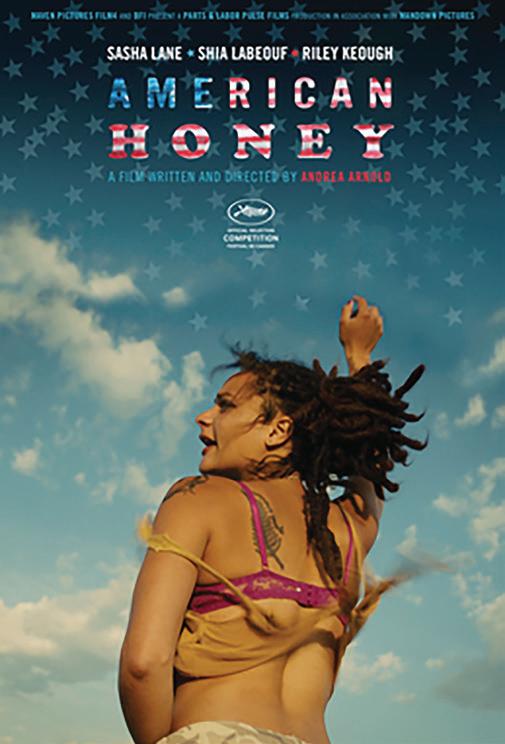 BY CALIN VAN PARIS
Mark Fishkin Founder/Director
BY CALIN VAN PARIS
Mark Fishkin Founder/Director
The Mill Valley Film Festival comes each October, but before silver screen sirens and acclaimed directors gather in the shadow of Mount Tamalpais, Mark Fishkin prepares for the main event by visiting renowned festivals across the globe. First comes January’s Sundance Film Festival in Utah — Fishkin says 2016 release The Birth of a Nation, which screened there, will be much talked about come awards season — followed by Cannes in May. There, “I was delighted to see Ken Loach win the Palme d’Or at the tender age of 79 for I, Daniel Blake, a beautifully realized film, subtle and very human,” Fishkin says. But when asked to compare MVFF with other celebrations, he insists each festival shines its own unique light. “We strive to be true to our own voice and to keep up with what we do best,” Fishkin says. “Our commitment to our filmmakers goes beyond the physical to something much more personal.” An example of this commitment is the festival’s Mind the Gap initiative, which draws attention to the gender gap in filmmaking through screenings, conversations and panel discussions. “The theme of this year’s initiative will be Women+Film+Tech, which I’m very excited to explore,” he adds, and he’s also looking forward to this year’s cannabis-themed content, which will include films and talks with panels of experts.
“It’s lining up to be a strong year for us, with themes that inform the crazy times we’re living in and offer food for thought and discussion.”







How did the Spotlight project get started?
I was on my StairMaster in our garage in Santa Barbara and reading Entertainment Weekly, and I read about this book called Hartsburg, USA by David Mizner [about a political battle in a small town]. We took the book to Alexander Payne, who loved it, but felt it was too close to Election. He asked, “What else have you got?” David didn’t have another novel, but he said, “I have this incredible story about these journalists.” David had done a case study on them for the Columbia School of Journalism, so he put us in touch. In early 2009, I flew to Boston and met them.
How difficult was it to get the financing for a movie with such a serious story?
It was hard. It’s not Fast & Furious 7, you know? It’s a movie about pedophilia and the Catholic Church, so it did not scream blockbuster. I think people understood it was important, but it was still difficult to get it made. Lots of fits and starts.
You managed to line up a terrific cast — Michael Keaton, Mark Ruffalo, Rachel McAdams and Stanley Tucci, to name a few. What was it like to come to set on your first big production and see those great actors there?
This time last year, film producer
Blye Pagon Faust was preparing to show her first feature, Spotlight, at the Mill Valley Film Festival. The film, about a team of Boston Globe reporters who blew the lid off the cover-up of rampant child abuse by the Catholic Church, would go on to win best picture at the 2016 Academy Awards — not a bad debut for the Belvedere resident, who had been fighting to make the film since 2009.
It was magical, just the most surreal thing — you almost have to pinch yourself. To see them at work on set, and to get to know them as people. You would have Mark Ruffalo or Stanley Tucci come onto set and literally make life better for everybody. When you get to work with people like that, you get spoiled, especially in a first production.
Spotlight is a perfect example of a movie that builds word of mouth at film festivals before hitting the general public. Where did you show the film first? We premiered at Venice. And then Telluride, Toronto and Mill Valley. You
never know how people are going to react. So, it seemed like a bit of a gamble to take it to Venice, because we were going to the most Catholic country to premiere our film about the Catholic Church. We played to a packed house, and it was such an emotional moment — when the credits ran at the end, we had a standing ovation literally through the entire end credit roll. And I was standing next to members of the cast and the director (Tom McCarthy), and at that moment, I thought, “We may really have something here.” I was not thinking about the Oscar, but [thinking] that we had a movie that can be compelling.
What was it like to show it at the Mill Valley Film Festival?

It was great, to have it right here in my backyard. To invite friends and have them witness that culmination of those years of hard work. It was really special.
One of the fun things about this year’s Oscars was that the best picture race was wide open right up until the moment Spotlight was named as the winner. What was it like to hear Morgan Freeman announce the title of your film? It was so exciting, because nobody knew [which film would win]. If you listened to all the pundits and critics and all the predictors from years past, nobody knew. Throughout the night, Mad Max started winning all the technical awards, which made it seem like The Revenant might not be the front-runner. So we thought, we might have a chance.
Do you have the next project lined up? [My producing partner and I] have a lot of things going, both in film and TV. We’re pretty much focused on these kind of inspired-by-true-stories dramas and thrillers. We’ve tried in the past to develop comedies, but now we’re really focused on dramas and thrillers.



Before Jack Nicholson turned “You can’t handle the truth!” into one of the most famous lines in modern movie history, playwright Aaron Sorkin had already placed those words in the mouth of an actor named Stephen Lang.
It was Lang who first shaped the role of Col. Frank Jessep in the original Broadway run of A Few Good Men, which opened on November 15, 1989. Early reviews praised Lang for his stage presence and affable menace, but never once was the “truth” speech quoted or mentioned in any way.
It took a movie — and Jack Nicholson’s mighty roar — to make the line famous.
Having Tom Cruise in the leading role probably didn’t hurt.
Cruise, by the way, starred in the film as Lt. Daniel Kaffee, a role first played on Broadway by Tom Hulce (Animal House, Parenthood ), already famous for his turn as Wolfgang Mozart in Amadeus, Milos Forman’s 1984 Oscar-winning movie based on Peter Shaffer’s award-winning play. As it so happens, Hulce as Mozart took on a role previously played onstage by Simon Callow (Four Weddings and a Funeral ) in the Amadeus London premiere in 1979.

Film and theater share a uniquely interconnected relationship. It is often competitive and parasitic, but is also frequently collaborative and interdependent. Theater is its own distinct art form. So is moviemaking. But there is no denying that some

of the best movies ever made — movies praised for their sheer cinematic brilliance — got their start as plays.
From the classic Casablanca (based on the play Everyone Goes to Rick’s) to The Rocky Horror Picture Show (originally The Rocky Horror Show, sans “Picture”) to Inherit the Wind with Spencer Tracy, Audrey Hepburn in Wait Until Dark, William Holden in Stalag 17 and even Woody Allen’s early hit Play it Again Sam, professional theater was often the trampoline that propelled a tale into the arms of Hollywood. The vast majority of Golden Age Hollywood musicals began as Broadway shows — Oklahoma, Show Boat, Camelot, Funny Girl, Cabaret, and on and on.
But the transfer dates further back: theater has been a proving ground for movie adaptations since the silent era. The Marx Brothers’ Animal Crackers began on Broadway in 1929. Starring Groucho, Harpo, Chico and Zeppo, running for almost 200 sold-out performances, the show about a fraudulent African explorer proved the brothers’ big ticket to the screen, and today Animal Crackers — the film, not the play — is considered one of the most significant early achievements in cinematic comedy.
Sometimes, when a play becomes a film, the film becomes such a hit only hard-core theatergoers recall there was ever a stage version
 The Marx Brothers in Animal Crackers
George C. Scott and Joanne Woodward in They Might Be Giants
The Marx Brothers in Animal Crackers
George C. Scott and Joanne Woodward in They Might Be Giants
From the beginning of cinema, the stage has always been a major source for stories.
BY DAVID TEMPLETON
at all. Baz Luhrman’s Strictly Ballroom, for example, was widely lauded for freshness and originality when it debuted onscreen in 1992. But in truth, Luhrman first staged it as a theater school project in 1984 at the National Institute of Dramatic Arts in Sydney. After a bit of tinkering, it picked up fame at the Czechoslovakian Youth Drama Festival in Bratislava; two years later, back in Sydney, it charmed music executive Ted Albert, who spearheaded the quirky little play into a cult movie favorite.

Hollywood has seen plenty of similar transformations not as well known. James Goldman’s 1961 play They Might Be Giants, about a deranged millionaire who thinks he’s Sherlock Holmes, became a 1971 film starring George C. Scott. Though the film is greatly admired by hipsters and fans of forgotten cinematic oddities, the play was reportedly never a favorite of its author. To this day Goldman refuses to allow theaters to stage it; ultimately its biggest claim to fame may be as namesake for the popular alt-rock band.
On some occasions, transition from stage to screen creates a film that bears little if any resemblance to the play. Blake Edwards’ The Pink Panther (1963) and its sequel
A Shot in the Dark (1964) both starred Peter Sellers as the bumbling Inspector Clouseau; few today realize that A Shot in the Dark was loosely based on a hit play by Harry Kumitz that does not feature a character named Clouseau or anyone remotely like him at all. Sellers, however, liked the play and agreed to star in the film adaptation; when the film’s director dropped out, Edwards agreed to take over, as long as he was permitted to rewrite it — resulting in a version that included Clouseau. Whatever was actually in Kumitz’s play has since all but faded from memory.
Usually, of course, when the movie eclipses the play it’s because of the actors. Consider Billy Wilder’s The Odd Couple, adapted from Neil Simon’s 1965 Broadway play starring Walter Matthau and Art Carney. The 1968 film kept Matthau but replaced Carney with Jack Lemmon. Today, it is difficult to think of fussy Felix Ungar and sloppy Oscar Madison without instantly remembering Lemmon and Matthau in the roles, now considered among the best movie performances of their careers. Carney never got to play Felix onscreen, but evidently he soon got over it. Just a few years later he beat out Al Pacino, Dustin Hoffman, Albert Finney and Jack Nicholson to win the Oscar for best actor. The movie? Harry and Tonto.
Oddly enough, it wasn’t based on a play.
 Walter Matthau and Jack Lemmon in The Odd Couple
Walter Matthau and Jack Lemmon in The Odd Couple
and his film Bleed for This will be screened. All actors will come up for an onstage conversation and receive an MVFF Award as well. All three events are held at the Rafael.
Tribute: Julie Dash
Friday, October 14
The Mill Valley Film Festival

Thursday, October 6
Opening night offers a double feature. Writer/director Damien Chazelle’s film La La Land, which stars Emma Stone and Ryan Gosling, is showing at the Sequoia in Mill Valley. Over at the Century Cinema in Corte Madera, Denis Villeneuve’s sci-fi mystery picture starring Amy Adams, Arrival, is screening. Be on the lookout for celebrity guests. Wrap up your evening at Marin Country Mart, where the opening night gala will be held.
Starting Friday, October 7
Enjoy nine evenings of live music selected specifically for the Mill Valley Film Festival. Come see performances by Thao (of Thao and the Get Down Stay Down), Alasdair Fraser and Natalie Haas, Erika Wennerstrom, the Great Mill Valley Gospel Show featuring Narada Michael Walden, and more.
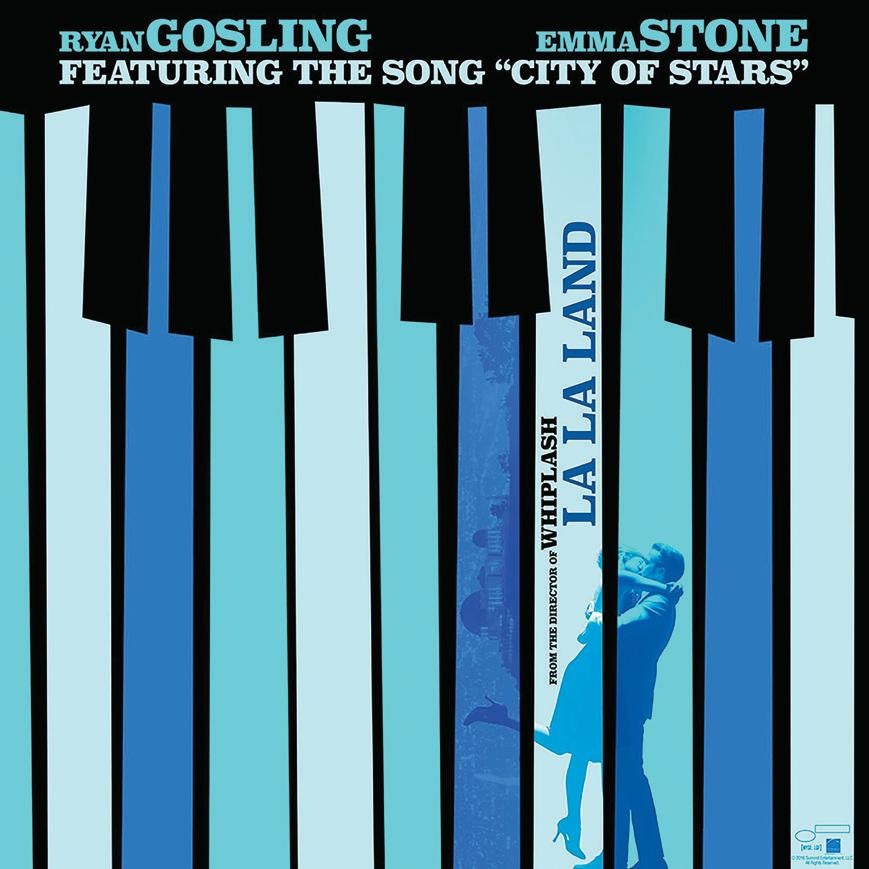
Saturday, October 8
Experience the original Star Wars
trilogy the way George Lucas wanted you to experience it — at the theater where he installed the famed THX sound system. Films aside, the event at the Century Cinema in Corte Madera features a costume parade (moviegoers are encouraged to dress up as their favorite characters), prizes and giveaways, as well as some special surprise guests.
Premiere)
Saturday, October 8
Director Marty Sader’s picture is having its world premiere at the Sequoia in Mill Valley. The film is filled with dreamy images, honest conversations, vibrant settings and moving performances.
This year’s festival will feature three spotlight events. Ewan McGregor is on hand for the screening of American Pastoral, his directorial debut, on Sunday, October 9. On Monday, October 10, Gael García Bernal is set to be honored, and his recent film Neruda will be shown. Actor Aaron Eckhart will also be acknowledged
Tribute program is holding an onstage conversation with filmmaker and author Julie Dash, featuring a clip reel of her work, a screening of Daughters in the Dust and the presentation of the MVFF Award. The event begins at 7 p.m. at the Rafael.

Times and Locations Vary
Even if you can’t make it to Marin for the festival, there are still viewing options available. Come see movies made by local filmmakers in their own neighborhoods. Pictures will be screening throughout the Bay Area and San Francisco, as well the North, South and East Bay. Check mvff.com for details.
Sunday, October 16
Writer/director Jeff Nichols and stars
Joel Edgerton and Ruth Negga are scheduled to attend both closing night screenings (the movie will be shown at both the Sequoia and the Rafael) of Loving. The film is based on Nancy Buirski’s Emmy Award–winning documentary The Loving Story, about Richard and Mildred Loving, an interracial couple, who are sentenced to prison in Virginia in 1958 for getting married. End your festival on a light note at the closing night party, at Cavallo Point in Sausalito.
Special features and programs not to be missed. BY

The emblematic nautical watch embodies a yachting heritage that stretches back to the 1950s. It doesn’t just tell time. It tells history.
OYSTER PERPETUAL YACHT-MASTER 40
For the past 38 years, the Mill Valley Film Festival has made October a particularly special time to be in Marin. Check out the tips below to make the most of the 39th year, whether you’re a festival veteran or first-time attendee.

Purchase tickets early, as they sell out fast. Figure out which ticket pass best suits your budget and start making a list of movies you’d like to view. With thousands of fellow moviegoers making their own plans, you’ll be glad you strategized.
Speaking of buying tickets early, join the CFI (California Film Institute) for the real inside scoop. Members get first access to conversations with filmmakers at the festival in addition to discounted tickets at the Christopher B. Smith Rafael Film Center.
Don’t miss out on the MVFF Music program; tickets for all MVFF Music shows are available online or in person at the Sweetwater box office in Mill Valley, but not at the regular MVFF
box office. No festival badges other than the MVFF Music Pass grant admission to MVFF Music shows.
Don’t suffer for fashion. Check weather reports and dress in climate-appropriate, comfortable garb. In particular, skip the heavy gown and leather jacket if you’re seeing a film at the Sequoia in Mill Valley — it doesn’t have air conditioning.
To get around safely and efficiently, plan your rides before you start drinking. Everyone wants to attend both the opening night film and the party, but Mill Valley and Larkspur aren’t exactly within walking distance. Designate a driver or use rideshare apps or a taxi to move between venues. The same goes for closing night festivities.
Hungry for more star power? Have a spare room in your home? Surround yourself with talent by hosting a filmmaker. Past hosts have had positive experiences, with guests returning year after year. Refer to mvff.com/housing for more information.
See films for free by volunteering at the festival. Volunteers get access to a pre-festival volunteer screening, post-festival volunteer appreciation party, one MVFF voucher per shift completed, an associate level CFI Membership for 50 or more completed hours and a coveted MVFF39 T-shirt.








Your festival ticket gets you more than a seat; bring your ticket to participating merchants for additional deals and discounts. Last year’s savings were valid through the month of October and included stores in Marin and beyond.
For more information and details please refer to the official festival site, mvff.com.


A filmmaker’s take on what makes the Mill Valley Film Festival so special.
BY BERNARD BOOWhat are your thoughts on the movie three years after you unveiled it?
My writing partner Mohit Narang and I haven’t watched the movie in over a year and a half now. He’s coming to visit me in two weeks and we’re going to watch it when he gets here. We’re beginning our next film in the fall, so we thought revisiting it would be a nice way to jump-start things. The movie was my whole life for two years, so it’s going to be a really different experience to watch it when I’ve taken a significant amount of time away from it.
Three years after his directorial debut, Beside Still Waters, made its premiere at the Mill Valley Film Festival, filmmaker and actor Chris Lowell takes a look back at his festival experience. Best known for his roles on TV shows Veronica Mars and Enlisted, Lowell stars along with Nick Nolte in the new EPIX series Graves, premiering in October.

Your entire cast was in attendance to screen your film. How did that come together?
When we were in discussions with the people at the festival and they found out that a lot of the cast wanted to come up from L.A., they ended up giving us a premiere screening. They threw a party for us, and they made it feel like a world premiere, which is what it was for us.
What was it like premiering your film in Marin?

It’s one of the most beautiful places to go and see films. I think it’s helpful that it’s outside of the insanity that you find in New York or Los Angeles or Park City or Telluride or Toronto, where there’s so much pressure and there’s such a bumrush to see the biggest films you can
with the biggest stars. The idea of seeing cinema for the sake of cinema kind of gets lost. At the Mill Valley Film Festival, they do a really great job of finding the balance between having the prestige of great filmmakers and creating a relaxing enough atmosphere to encourage you to see something you might not have an opportunity to see elsewhere.
What was it like having all that attention on you, your friends and your film?
It’s fun to do press when you’re proud of the work, and it’s a nightmare to do press when you’re not. As an actor, you can only have so much passion for a project. To be standing at the finish line knowing that you’ve written the film, financed it, casted it, edited it and found a home for it brings a profound sense of relief and validation.
Does being in a place like Marin inspire you as an artist?
For me, what was really inspirational about that place is that you can feel the energy of past, great cinematic geniuses who walked that path. It’s the home of George Lucas and Walter Murch. Marin is out in nature and off the beaten path, and you don’t feel like you’re engulfed by the hype flames of Los Angeles. You can breathe a little bit deeper there, and I think that allows for really important moments of reflection on your artwork.
Talk about your new project, Graves .
It’s a really exciting approach to a political satire. What the creators of the show are trying to do is take a political satire outside the ivory walls of the capital and put it in a totally different community. That’s what gives the show its personality, which is so strange. You’ve got this spectacular cast of very dedicated actors who all have this wild signature on each of their characters. At the helm, you have Nick Nolte, who is so unbelievably talented and unpredictable and crazy and everything you could possibly want.






 BY BETINA BAUMGARTEN
BY BETINA BAUMGARTEN


Burgundy is the new black and these looks will have you red carpet ready.Marlenarock crisscross suede pump by Christian Louboutin, $945, at Christian Louboutin (SF), 415.658.9079. Gold ear climbers by Andrea Schnitzer, price upon request, at The Store (Mill Valley), 415.888.8796. Illusion dress by Self Portrait, $480, at Neiman Marcus (SF), 415.362.3900. Lace bomber jacket by J’Amy Tarr, $598, at Haven (Larkspur), 415.886.8995. Motobi halter jumpsuit, $395, at Intermix (Larkspur), 415.461.0118.
These dapper duds will keep fashionable fellas looking their best all festival long.





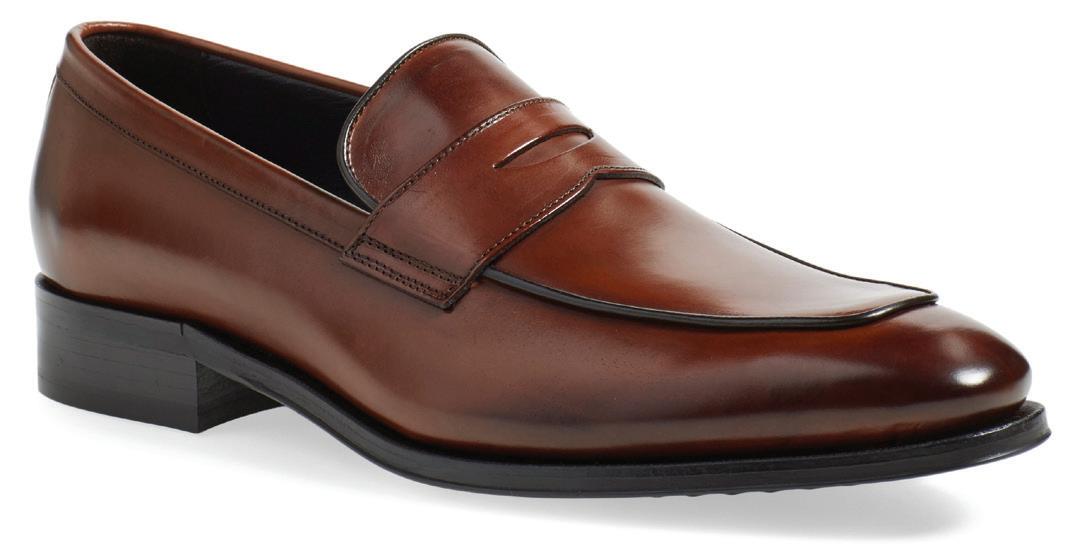
 BY BETINA BAUMGARTEN
Gray military jacket by Kane and Unke, $119, at Nordstrom (Corte Madera), 415.927.1690.
Purple striped slim fit shirt by Eton, $275, at Gene Hiller (SF), 415.332.3636.
Johnstons/Lenon trim fit suit by Boss Hugo Boss, $895, at Boss Hugo Boss (SF), 415.495.2082.
Dupont loafers by To Boot NY, $350, at Saks Fifth Avenue (SF), 415.986.4300.
Simon suede sneakers by Vince, $225, at Bloomingdale’s (SF), 415.856.5300.
BY BETINA BAUMGARTEN
Gray military jacket by Kane and Unke, $119, at Nordstrom (Corte Madera), 415.927.1690.
Purple striped slim fit shirt by Eton, $275, at Gene Hiller (SF), 415.332.3636.
Johnstons/Lenon trim fit suit by Boss Hugo Boss, $895, at Boss Hugo Boss (SF), 415.495.2082.
Dupont loafers by To Boot NY, $350, at Saks Fifth Avenue (SF), 415.986.4300.
Simon suede sneakers by Vince, $225, at Bloomingdale’s (SF), 415.856.5300.



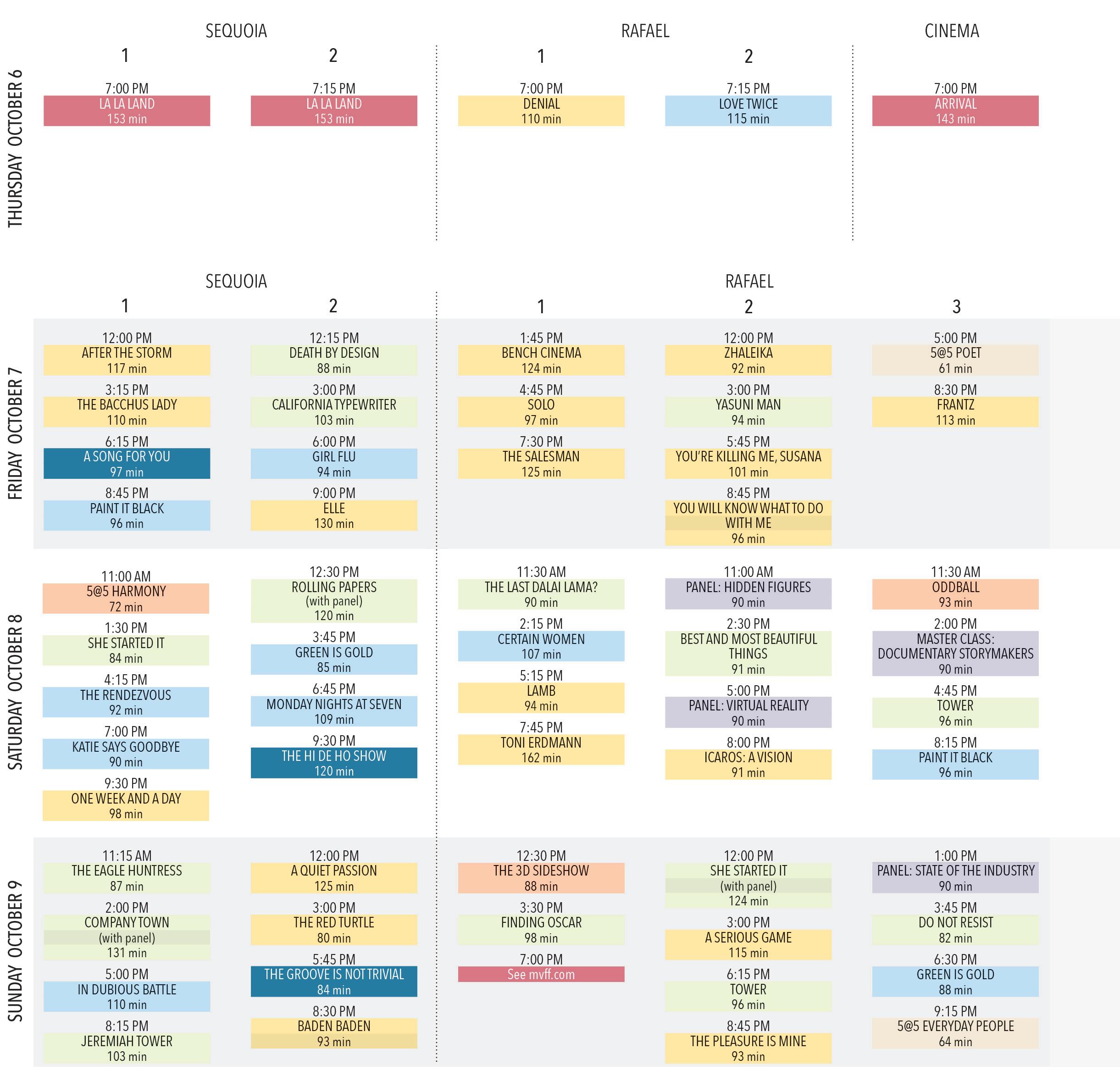






















A revolutionized nail-care experience, in an elegant ambiance. Our commitment to your beauty and customer service is equaled by our commitment to your health.



~ Largest selection of toxicfree polishes/gels

~ Convenient online booking
~ Monthly memberships
~ Antimicrobial copper bowls
~ Single use files/buffers
~ Hospital-grade sterilized hardware
Come visit us and experience the difference for yourself.
HOURS
Monday - Saturday: 9 am - 7 pm
Sunday: 10 am - 5 pm
BOOK ONLINE
www.dollsanddandy.com
VALIDATED PARKING
1 Sunnyside Ave
67 Throckmorton Ave
Mill Valley, CA 94941
415.888.2092
@dollsanddandy
#dollsanddandy
What does full-service mean?
✓ Temperament assessment to identify your pet’s best social group

✓ Expertly supervised play groups

✓ Nose-to-paw grooming and pampering

✓ Healthy, highest quality food and treats
✓ Special needs and senior pet care
✓ Professional, knowledgeable staff




✓ In-house trainer
✓ Eco-friendly products used for cleanliness and hygiene
✓ Rubberized flooring for comfort

Contact
tailsofterralinda.com


“I’ll have what she’s having.”
When Harry Met Sally
Alfred Hitchcock’s daughter Patricia once told me an amazing behind-the-scenes story about one of the films the Master of Suspense shot in the North Bay.

The movie was Shadow of a Doubt, the 1943 suspense thriller starring Joseph Cotten and Teresa Wright. Shot almost entirely in Santa Rosa, Shadow was Hitchcock’s first film to use North Bay locations. Fifty years after the film came out, Patricia Hitchcock was a guest on Hollywood Calling with Jan Wahl, an AM radio show I worked on in the early 1990s. I told Patricia I had just watched the movie for the first time, and it had shot up to near the top of my list of favorite Hitchcock films.


Patricia smiled and told me that during Shadow of a Doubt ’s preproduction, her father came to Santa Rosa looking for locations, including a house for Wright’s character’s family to live in. Hitchcock sent scouts driving around Santa Rosa seeking a very particular kind of house: a solid home exhibiting some wear and tear. The team found the perfect place — a
BY PETER CROOKSVictorian with cracked, faded paint and an overgrown, weed-encrusted yard. Hitchcock loved the photographs the scouts sent, and the homeowners heartily agreed to let Shadow of a Doubt use their place for filming.
As Hitchcock finished work on another movie, several months passed. When his production crew arrived in Santa Rosa to begin filming Shadow of a Doubt, they came back to the house they’d picked as a key location. There was one problem.
“The homeowners were so excited that their house was going to be featured in a Hollywood movie,” Patricia recalled, “they had the place painted and the lawn mowed and weeded.”
Hitchcock had his set design team ugly up the house in time for production — and repaint it again afterward — and the Victorian on McDonald Avenue became part of movie history. (The street isn’t a one-trick pony, cinematically: the house across the street was used for a 1991 TV remake of Shadow of a Doubt, and another place down the block was used in the 1996 slasher-hit Scream.)

Seventy-three years after its release, Shadow of a Doubt holds up marvelously as a still-disturbing film noir — Cotten’s sociopathic “Uncle Charlie” was inspired by real-life serial killer Earle Leonard Nelson — as well as one of the great North Bay movies of its time. Although it was not a box-office success on initial release, Hitchcock has often referred to it as his best film. According to Turner Classic Movies, he saw it as “one of those rare occasions where you could combine character with suspense. Usually in a suspense story there isn’t time to develop character.” He has also been quoted as saying that for him the thrill of the movie lay in the idea of bringing an evil menace to a small town.
Thirty years later, Hitchcock would revisit that theme of smalltown menace in another North Bay work, The Birds. Filming in Northern California led him to fall in love with the region. The British-born filmmaker started in the silent era, directing more than 20 films in England — notably The 39 Steps, The Lady Vanishes and the Peter Lorre version of The Man Who Knew Too Much — before moving to Hollywood to direct the 1940 Oscar-winner Rebecca. Shooting that movie in coastal Monterey County, Hitchcock was so taken with the landscape that he wanted to buy property in the area. That fall he purchased a 200-acre winery in Scotts Valley, a spectacular setting where he entertained the likes of Cary Grant, Ingrid Bergman, James Stewart, Kim Novak, and Princess Grace and Prince Rainier of Monaco.
The winery provided a frequent northern respite for the Hitchcock family during his
wildly productive Hollywood career. While he often shot in real locations (the Jefferson Memorial in Strangers on a Train, the French Riviera in To Catch a Thief, London and Marrakech in the James Stewart version of The Man Who Knew Too Much), he used the controlled environments of Hollywood soundstages for masterworks such as Rope and Rear Window
Fifteen years after Strangers on a Train, Hitchcock returned to the Bay Area to film scenes for what many critics consider his greatest achievement, Vertigo. Certainly one of the cinema’s great documents of midcentury San Francisco, Vertigo follows James Stewart as an afraid-of-heights detective chasing hauntingly beautiful Kim Novak around spectacular Northern California locations.


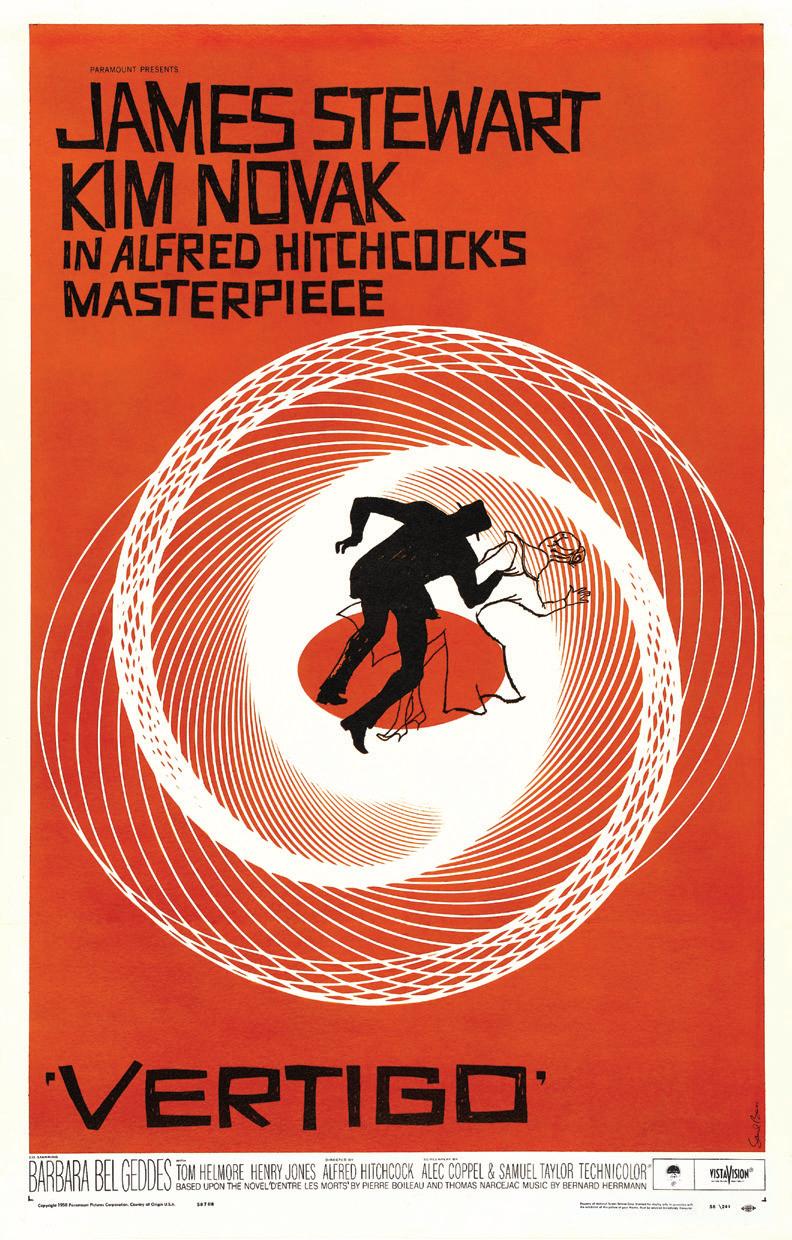
Marin County is on beautiful display in the background of one of the film’s most dramatic scenes, when Novak attempts to drown herself in the bay near the base of the Golden Gate Bridge. However, another scene, in which Stewart and Novak walk under giant redwoods, was filmed not in Mill Valley’s Muir Woods as widely assumed (and as the Internet Movie Database suggests) but in Big Basin State Park south of San Francisco, not far from Hitchcock’s winery.
Like Shadow of a Doubt, Vertigo was a rare box office disappointment for Hitchcock. But he followed it with two box-office smashes: North By Northwest and Psycho. The latter, filmed on studio sets with a television-size budget of less than one million dollars, became Hitchcock’s most successful moneyearner. After Psycho, he returned to the North Bay to make his last true masterpiece, The Birds
The Birds is based on a 1952 novelette by Daphne du Maurier, author of Rebecca and Jamaica Inn — both also made into Hitchcock movies. The book is set in du Maurier’s hometown of Cornwall, England, but Hitchcock set his sights
on Bodega Bay as the film’s location. The movie, a unique horror-fantasy, depicts an apocalyptic nature-versus-human onslaught as flocks of birds attack Bodega Bay’s residents — including young children — without mercy.

Hitchcock, who made 13 films and the Alfred Hitchcock Presents television series (1955–1965), worked for nearly three years on The Birds. The film employed special effects — mostly regarding the titular villains — that were by far the most advanced of any seen in Hitchcock’s canon. But the director also did extensive preproduction work in Bodega Bay. “In order to get the detail right, I had every inhabitant of Bodega Bay — man, woman, and child — photographed for the costume department,” he told Cinema magazine, according to Jeff Kraft and Aaron Leventhal’s book Footsteps in the Fog:
 Alfred Hitchcock’s San Francisco
Alfred Hitchcock’s San Francisco
The beauty of watching The Birds today is that unlike locations in many films of the early 1960s, many of its settings look exactly the same today. The film’s star, Tippi Hedren, says she makes an annual pilgrimage to Bodega Bay.
“I go every year on Labor Day and stay for several days to sign autographs and talk to everyone,” says Hedren, whom Hitchcock first spotted in a diet drink commercial. “It’s really amazing that everything is still there.”
I made Hedren’s acquaintance in 2003 during a weekend celebration of The Birds’ 50th anniversary. One of its highlights was a visit to the Potter Schoolhouse in the town of Bodega. The 150-year-old building is now a private residence, but a classroom from the former school has been maintained to appear just as it did in the movie. The play structure outside — site of the film’s initial spectacular, horrifying bird attack — has been disassembled and donated to another school.
The Tides Wharf Restaurant, featured in several scenes, was rebuilt in the 1990s and is now part of the Inn at the Tides. Across Highway One, the Sonoma Coast Visitors Center sells a guidebook packed with information about The Birds. On Bodega Highway, another must-stop for film buffs is the Bodega Country Store, which has a huge Hitchcock memorabilia collection.
Hedren, who famously had a falling-out with Hitchcock in 1964 while making Marnie (filmed largely in San Jose), has nothing but happy recollections of filming The Birds.
“If it wasn’t for The Birds, I wouldn’t be doing everything that I’m doing now,” she notes. Besides acting, that includes running the Shambala Preserve, a sanctuary for large cats and elephants that have been mistreated. Most memorably, the movie introduced her to a place where she’d be welcomed her entire adult life. “The first time I went there was to film The Birds, and I just love to go back and visit and see the locations,” she says. “It really is a wonderful place, filled with wonderful memories.”
Above: The iconic Potter Schoolhouse in Bodega looks almost the same as it did when chosen as a location for The BirdsFrom a visiting director sharing “a few brief words” before her latest screening to the post-film Q&A, every good film festival brings opportunities for audiences to sit in a theater and hear seasoned professionals talk. On occasion, of course, these pros’ comments are riddled with insider language that sounds like some bizarre secret code. Here we project a little light on ten words or phrases you might hear during the average film festival.
BY DAVID TEMPLETONDP
Director of photography.The power to say when editing is finished and a film is ready for the market. “I have ten commandments,” director Billy Wilder said. “The first nine are, thou shalt not bore. The tenth is, thou shalt have right of final cut.”
FPS
No, not some Hollywood delivery service. It means frames per second, the speed at which a film is shot and projected.
LEGS
A film’s ability to stay popular once released. If it has legs, it will likely stick around awhile.
The major Hollywood film studios (Disney, for instance) as opposed to one of the smaller independents, like Spike Lee’s 40 Acres and a Mule .
In film advertising, an actor’s Q rating is how quickly the general public recognizes him or her.
To historians, it’s the abbreviated form of anno Domini — since the birth of Jesus — but in the filmmaking world it’s short for assistant director, the one responsible for keeping the production running smoothly and on schedule.

From the French word for “author,” it’s the notion that a movie’s director — not the star, not the screenwriter, not the producer — is the primary creator of any artistically successful movie.
When a film lasts roughly as long as it would take for its action to unfold. Fred Zinnemann’s High Noon is an early example, and Jodie Foster’s Money Monster is a recent one.
A humorous or attention-grabbing short scene that comes during or after the closing credits. One classic stinger is at the end of John Hughes’ Ferris Bueller’s Day Off, when Ferris (Matthew Broderick) appears in character to tell the remaining audience, “You’re still here? It’s over. Go home.”


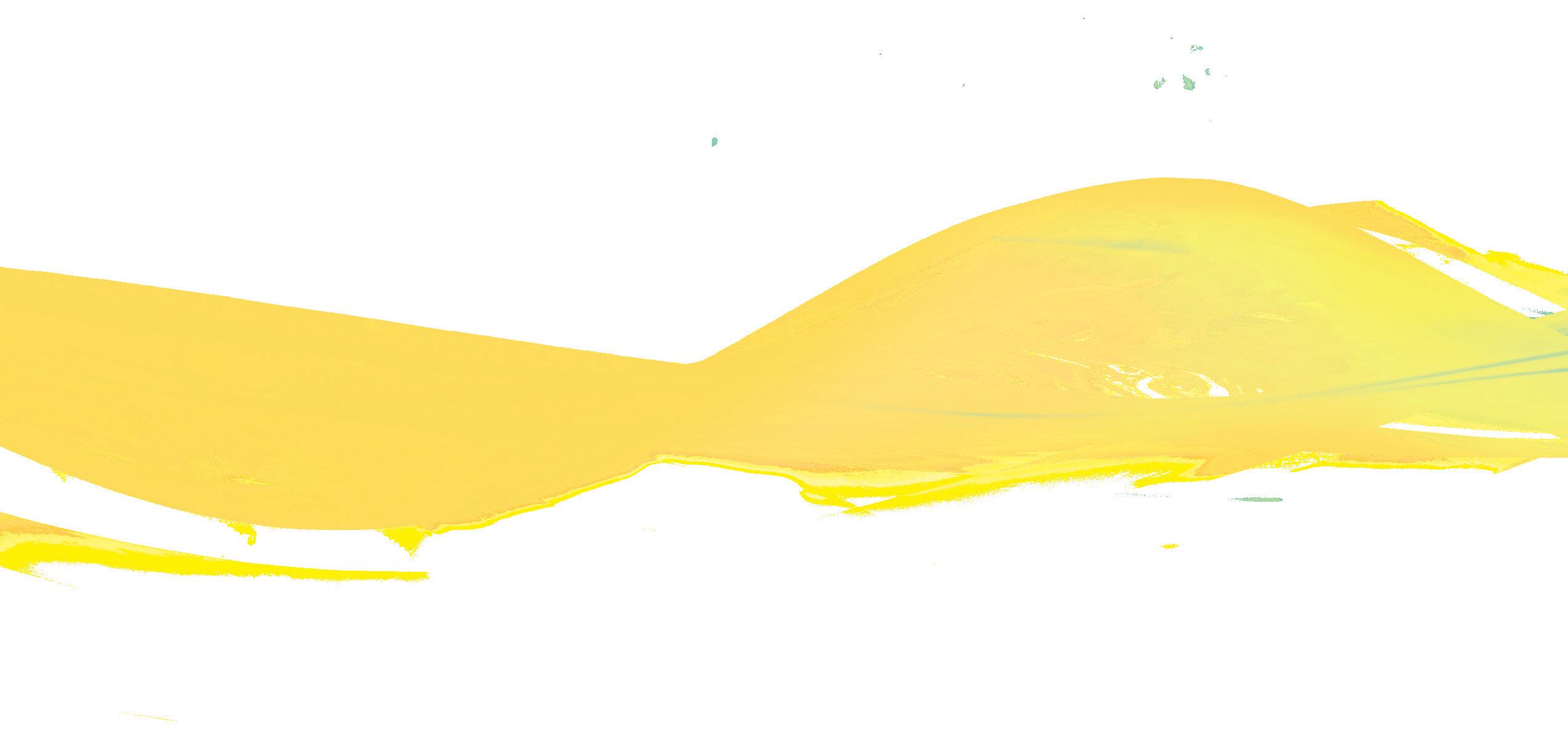


“Nipple violation!”
Director Catherine Hardwicke (Thirteen, Lords of Dogtown, Twilight) discovered early on that when filming a sex scene involving young actors, the most difficult element is not lighting the “action” or figuring out where to place the camera for maximum effect. It’s not deciding how much to show without showing too much. It’s not even figuring out what a “nipple violation” is.
It’s deciding where on the set to hide the welfare worker.
“With Thirteen we had to have a welfare worker on set because there were underage actors,” says Hardwicke, who was honored at last year’s Mill Valley
Film Festival, where she presented her critically acclaimed drama Missing You Already. “It was so bizarre. I didn’t really have a playbook yet on how to do any of the really intimate stuff.”
Thirteen was the 2003 film that launched Hardwicke’s career, also resulting in an Oscar nomination for Holly Hunter and a Golden Globe nom

for then-14-year-old Evan Rachel Wood. The critically acclaimed movie depicts the emotional journey of Tracy, a fragile teenager (Wood), and her best friend Evie (Nikki Reed, who co-wrote with Hardwicke) as they eagerly explore the darker edges of adulthood through drugs, petty theft and increasingly questionable sex. In one controversial two-and-a-halfminute scene, the girls attempt to seduce the hunky lifeguard who lives next door to Wood and her mother (Hunter).
“At first, I didn’t know how to handle the scene, except to rehearse it a lot and make sure that the actresses, Nikki and Evan, were OK with it. And that their parents were OK with it,” Hardwicke says.
“The well-crafted sex scene is now just one of many tools a filmmaker can use in telling an effective story.”

FEATURING:
With a portion of profits benefiting the Global Fund for Women, In Her Shoes proves that looking good and doing good don’t have to be mutually exclusive.
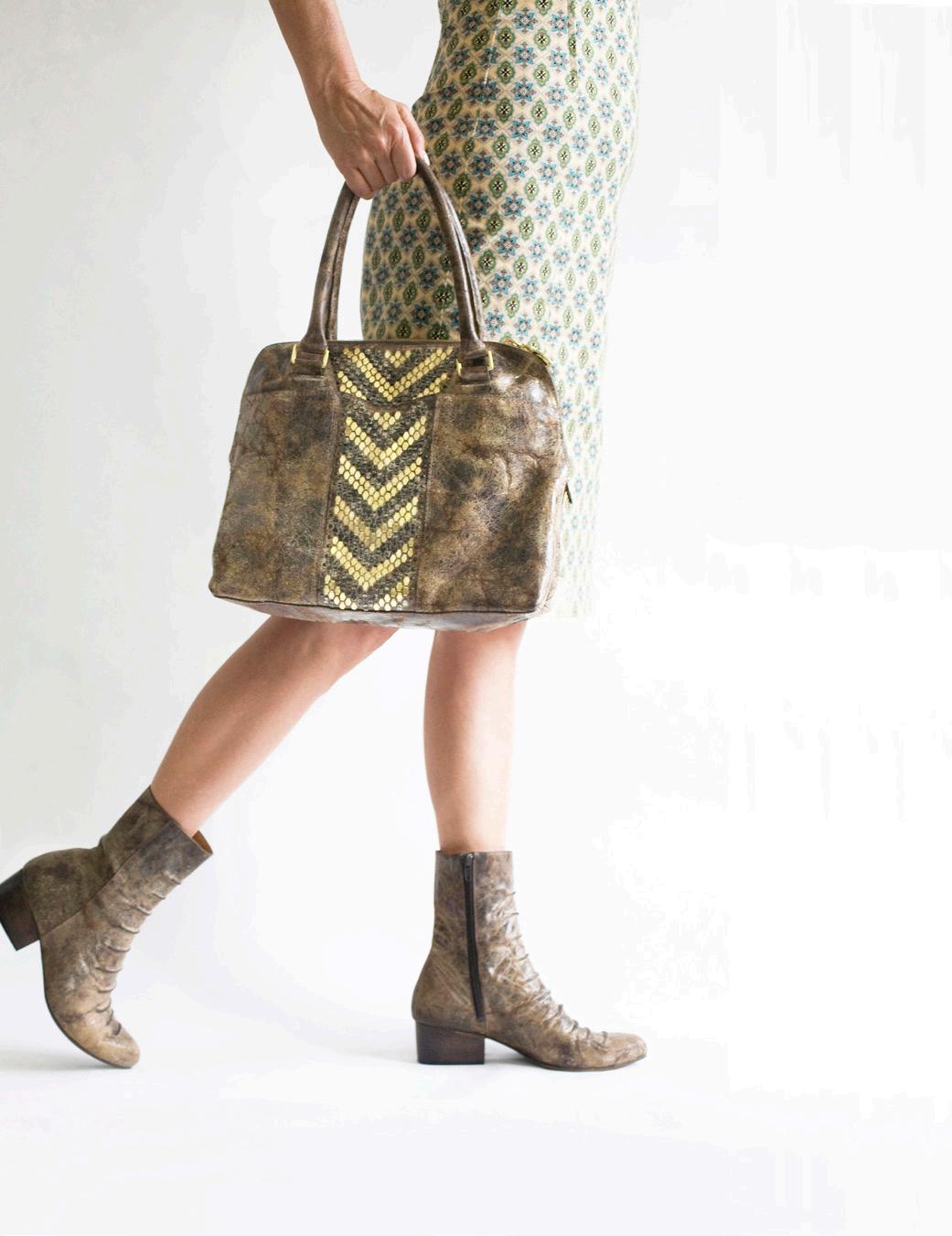

Kip Pardue played the neighbor, more shocked than thrilled when the girls from next door arrive to tease and arouse him.
“That’s when we had the welfare worker there, hiding behind the couch,” Hardwicke says with a laugh. “She had all these rules we had to follow. For one thing, the girls could not get within three inches of his nipples. The welfare worker would pop out from behind the couch, in the middle of the take, shouting, ‘Violation! Nipple violation!’
“Beyond that,” she continues, “how did I help the actors feel comfortable with it? And how did I help the crew get through it? I pretty quickly learned those are critical things to figure out when filming an intimate scene like that.”

Scenes with nudity, sensuality and what the Motion Picture Association of America calls “sexual situations” are arguably a necessary staple of modern filmmaking. Once considered merely exploitative and crass, the stuff of grindhouse movies, softcore porn and whatever Fifty Shades of Grey is, the well-crafted sex scene is now just one of many tools a filmmaker can use in telling an effective story. And as female directors oh-so-gradually prove their male counterparts’ equals in ability to deliver a financially viable film, some people in the industry are suggesting women might actually be better at filming nudity and sex.
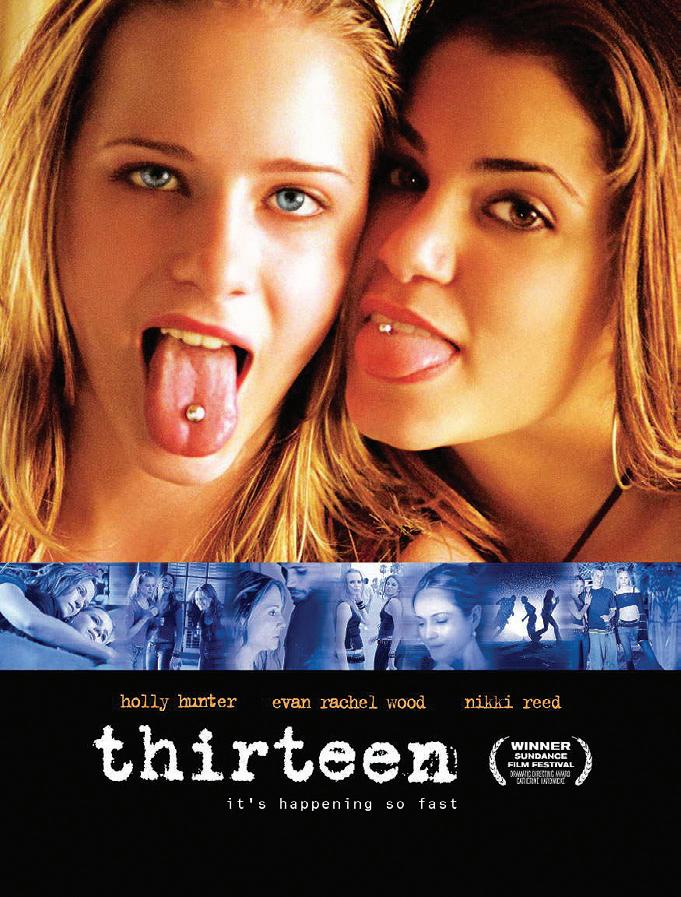
Hardwicke stops short of that claim. She does confirm that when filming intimate scenes of any kind, she always aims for realism and believability rather than titillation and sensationalism and works hard to make sure her performers feel safe and secure.
On days when sensitive scenes are to be filmed, no crew member is allowed to bring a cellphone onto Hardwicke’s set. The crew is trimmed to the fewest possible people. During lighting and camera setup, conversation is kept to a minimum, with the crew asked to refrain from cracking jokes, talking about their weekend or saying anything that takes away from the mood Hardwicke is trying to set.
“I even put up signs saying, ‘Respect for Actors! Quiet Zone!’ ” she says. “It’s important that we all do what we can to give the actors the right head space.”
To enter that space herself, when she set out to become a director Hardwicke took acting lessons for five years, just so
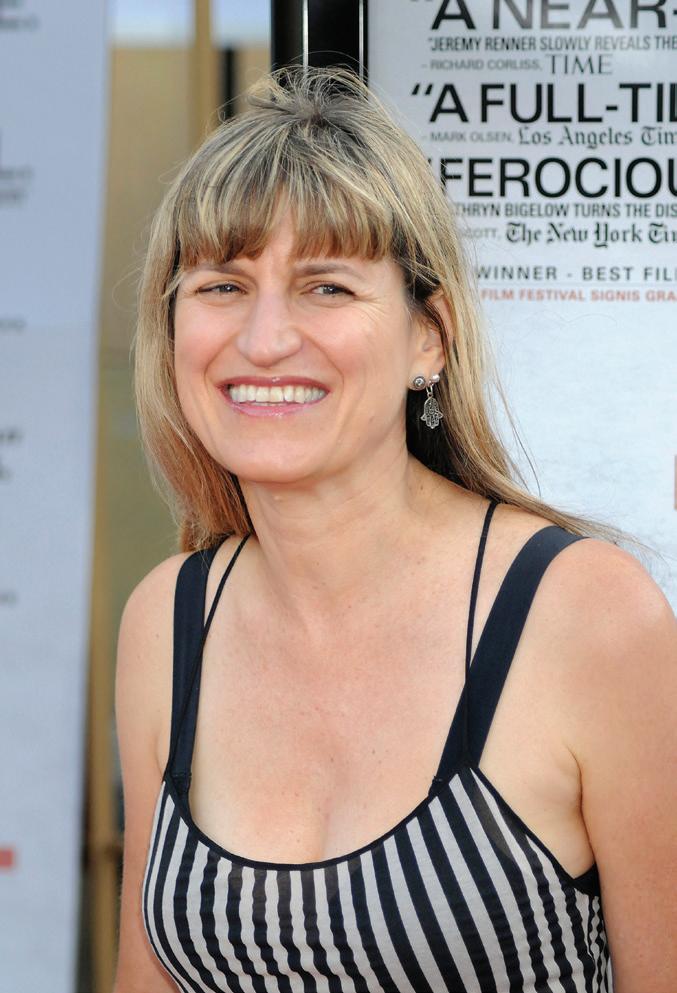
she could experience what actors have to go through. It was valuable training.
“As a director, you have to give your actors a lot of confidence,” she says. “It’s a very vulnerable thing, you know, to be exposed like that, or to be an actor in a lovemaking situation. You feel awkward, you feel exposed, you feel judged — even when there isn’t a bunch of people standing around watching your every move.”
Asked what skills most help her coax actors past the kind of discomfort that might manifest onscreen, she cites a commitment to advance preparation, a tendency to require lots of rehearsal and a certain gift for directorial wackiness. “In rehearsal, I try to be really goofy and really dorky, to make the actors feel relaxed and ready to play.”
Over the years she’s also learned some practical tricks that have less to do with words or mood and more to do with props like “camera-ready underwear.” “We’ll always have every kind of breath mint and toothpaste and mouthwash available on set,” she adds, “and I encourage the use of those things, to help my actors feel confident in every way.”
She also audibly narrates each steamy scene aloud as the performers act their way through it. “It’s kind of like doing a guided meditation. I might say, ‘Oh, let’s explore the neck now. Maybe it will make her feel good if you do something soft to her neck.’ Or, ‘Mmmmm. What if you gently blow in his ear, what would that be like?’ I say things like that, and most of the time, it really helps.”
Recently, directing two episodes of the upcoming USA Network show Eyewitness, she used that technique in one particularly hot sex scene, to great effect. “Afterwards, both actors both jokingly asked me, ‘Would you mind doing that with our actual spouses? Just talk us through the actual thing? Because that was really good!’ ”
“It was so bizarre. I didn’t really have a playbook yet on how to do any of the really intimate stuff.”




 BY PETER CROOKS
BY PETER CROOKS
Just over 100 years ago, the film Salomy Jane enjoyed its local premiere at the Lyric Theatre in San Rafael. A melodrama filmed in locations across Marin County, the movie was the first feature produced by the California Motion Picture Corporation (CMPC), a state-of-the-art studio just across town.

A few weeks after these December 1914 screenings, CMPC’s second feature, Mrs. Wiggs of the Cabbage Patch, screened at the same theater. An advertisement for Mrs. Wiggs in the Marin Journal mentioned that the film showed “the San Rafael Fire Department doing heroic work,” proudly announced that the movie was “made in San Rafael” and invited patrons to go see it with neighbors and friends.
Clearly, during the dawn of cinema, the Lyric Theatre (aka the “House of Features”) was the place to be for the first local generation of film buffs. If you’re wondering where the Lyric Theatre was, get some breakfast at the Aroma Cafe at 1122 Fourth Street. The San Rafael diner serves comfort food in the space that once housed the Lyric; you can even see where the old projection room was, in the back of the restaurant.
The Lyric Theatre became a restaurant as the larger Orpheus Theatre opened next door in 1918. Within 10 years, sound was added to the filmgoing

experience, and a century later, film fans can beam movies off a satellite and watch them on their phones. Yet the Orpheus, which became the Rafael Theatre and is now the Christopher B. Smith Rafael Film Center (rafaelfilm.cafilm.org), is still showing movies, including Mill Valley Film Festival screenings this month. It’s one of several historic venues screening films today in the North Bay.
Two other key venues for the Mill Valley Film Festival, the Throckmorton Theatre and CineArts at Sequoia, have been around almost as long as the Lyric and Orpheus. The Throckmorton Avenue venue, originally called the Hub Theater, opened in 1915 as a venue for silent films and vaudeville acts. The Sequoia was built in 1929 as a 1,200-seat movie palace; its massive auditorium was twinned into two 375-seat rooms in 1975.
Twinning or tripling a former singlescreen theater is one way to keep the venue open and showing movies — even if it means decimating the original space. Even then, venues like Sausalito’s Marin
Some historic North Bay cinemas are still going strong.Rafael Theatre, San Rafael
theater can have a tough go when there are 20-screen multiplexes in shopping malls a few freeway stops away. The three-screen Marin, which opened in the 1920s, showed movies continuously from World War II till January 2016, before going dark due to low attendance.
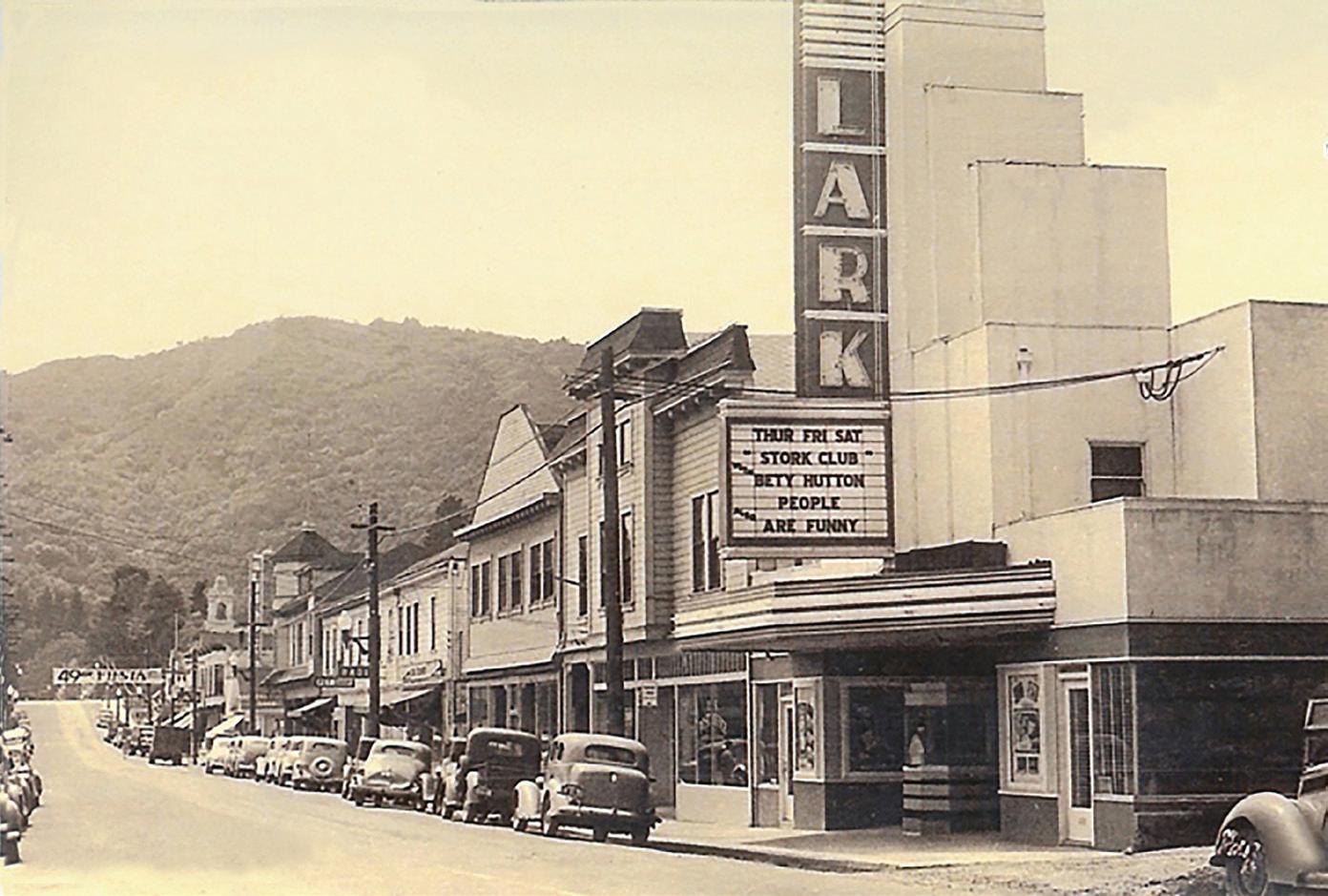
Another classic venue, the singlescreen Corte Madera Century Cinema, has been the subject of many closingsoon rumors. The 800-seat theater opened in December 1969 and has been the place to see every event movie — anything with James Bond or by Pixar Animation Studios, for example — ever since. Last year’s Mill Valley Film Festival included a special screening of Return of the Jedi here; fingers crossed that fans will get to see all the new Star Wars chapters on its giant screen.
Many historic venues, with their large auditoriums, have to book entertainment other than movies to stay viable in the age of the multiplex and video on demand. Napa’s Uptown Theatre and Petaluma’s Mystic Theatre have transformed into live music venues with great success. Still, the North Bay has its share of tried-and-true local theaters, which thrive despite all the challenges. The
Century Cinema
41 Tamal Vista Blvd, Corte Madera 415.924.6506
cinemark.com/theatre-468
Christopher B. Smith
Rafael Film Center
1118 Fourth St, San Rafael 415.454.5813
rafaelfilm.cafilm.org
CineArts at Sequoia 25 Throckmorton Ave, Mill Valley 415.388.1190
cinemark.com/theatre-473
Tiburon Playhouse has been showing movies since 1960, twinned in 1989, then added a third auditorium in 1995; it does bang-up business by programming a wellselected mix of blockbusters, family films and art-house fare.
Another success story is Larkspur’s Lark Theater. The charming singlescreen art deco structure, built on Magnolia Avenue in 1936, was threatened with demolition in the late 1990s. But thanks to the passionate efforts of a community group, the theater was renovated, listed on the National Register of Historic Places, outfitted with state-of-the-art sound and projection equipment, and even certified as a green business by Marin County. The Lark now shows a rotation of independent and foreign films, live broadcasts from the Metropolitan Opera and other special selections and is a venue for Mill Valley Film Festival events.
Hopefully, a similar success awaits the Novato Theater, an art deco beauty opened in 1946 that’s been closed since 1991. Realizing that restoring it to its original glory would bring a boon to downtown businesses and community pride, a new nonprofit organization aims to reopen the venue for movies, live music and educational events.
Lark Theater 549 Magnolia Ave, Larkspur 415.924.5111
larktheater.net
Mystic Theatre 23 Petaluma Blvd N, Petaluma 707.765.2121
mystictheatre.com
Novato Theater 936-B Seventh St #132, Novato 415.539.7155
novatotheater.net
Tiburon Playhouse 3 40 Main St, Tiburon 415.435.3585
cinemawest.com/ location?house_id=1221
Throckmorton Theatre

142 Throckmorton Ave, Mill Valley 415.383.9600
throckmortontheatre.org




Our secret is simple: We contract with manufacturers to facilitate the sale of high end merchandise cancelled at the factory level and sell to you at factory cost.
Come shop our 17,000 square foot showroom and see unique new inventory every time. It’s always changing. Quality selection and pricing you won’t find anywhere else. Immediate delivery.



(415) 851-3960
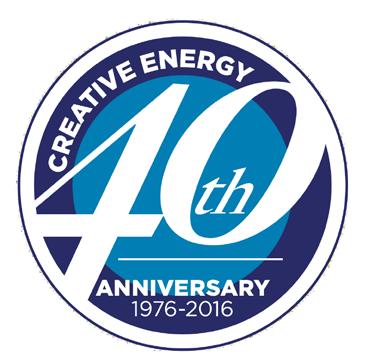


540 9th St., Upstairs 9thstreetdesignerclearance.com


There’s no shortage of stars lighting up the red carpet at the Mill Valley Film Festival.




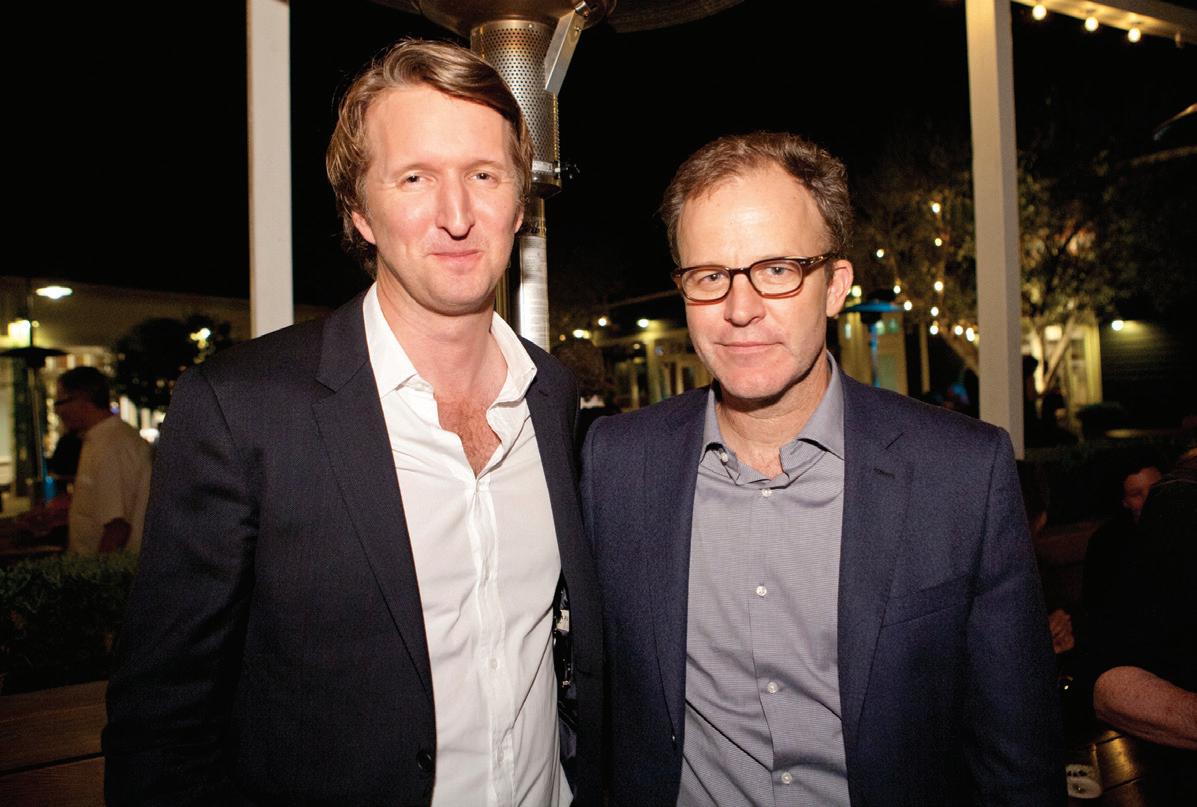
In 2015 Eddie Redmayne took home the Oscar for best actor in a leading role, in 2016 Brie Larson won the best actress Academy Award, and the question we’re left contemplating is, which guest will nab top honors next year? The Mill Valley Film Festival has an impressive record of attracting top acting talent — here are some of those stars gracing the red carpet.
—KASIA PAWLOWSKA









